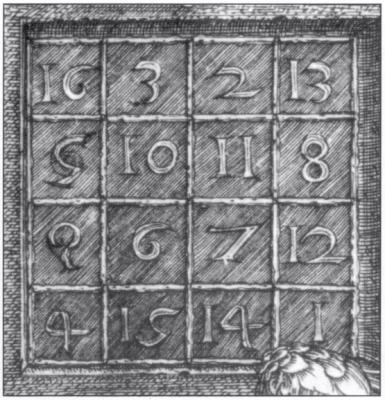... newer stories
Samstag, 19. November 2011
Nature: Die Wellenfunktion ist physikalisch real
klauslange,14:16h
In der Quantenmechanik wird die Wellenfunktion als mathematisches Konstrukt angesehen, das die Wahrscheinlichkeit eines Zustandes angibt. Nun haben Forscher herausgefunden, dass die Wellenfunktion weit mehr ist, sie besitzt physikalische Realität!
Die weltweit führende Fachzeitschrift Nature hat dieses Ergebnis nun gewürdigt: Quantum theorem shakes foundations.
Action at a distance occurs when pairs of quantum particles interact in such a way that they become entangled. But the new paper, by a trio of physicists led by Matthew Pusey at Imperial College London, presents a theorem showing that if a quantum wavefunction were purely a statistical tool, then even quantum states that are unconnected across space and time would be able to communicate with each other. As that seems very unlikely to be true, the researchers conclude that the wavefunction must be physically real after all.
David Wallace, a philosopher of physics at the University of Oxford, UK, says that the theorem is the most important result in the foundations of quantum mechanics that he has seen in his 15-year professional career. “This strips away obscurity and shows you can’t have an interpretation of a quantum state as probabilistic,” he says.
Their theorem effectively says that individual quantum systems must “know” exactly what state they have been prepared in, or the results of measurements on them would lead to results at odds with quantum mechanics. They declined to comment while their preprint is undergoing the journal-submission process, but say in their paper that their finding is similar to the notion that an individual coin being flipped in a biased way — for example, so that it comes up 'heads' six out of ten times — has the intrinsic, physical property of being biased, in contrast to the idea that the bias is simply a statistical property of many coin-flip outcomes.
Die weltweit führende Fachzeitschrift Nature hat dieses Ergebnis nun gewürdigt: Quantum theorem shakes foundations.
Action at a distance occurs when pairs of quantum particles interact in such a way that they become entangled. But the new paper, by a trio of physicists led by Matthew Pusey at Imperial College London, presents a theorem showing that if a quantum wavefunction were purely a statistical tool, then even quantum states that are unconnected across space and time would be able to communicate with each other. As that seems very unlikely to be true, the researchers conclude that the wavefunction must be physically real after all.
David Wallace, a philosopher of physics at the University of Oxford, UK, says that the theorem is the most important result in the foundations of quantum mechanics that he has seen in his 15-year professional career. “This strips away obscurity and shows you can’t have an interpretation of a quantum state as probabilistic,” he says.
Their theorem effectively says that individual quantum systems must “know” exactly what state they have been prepared in, or the results of measurements on them would lead to results at odds with quantum mechanics. They declined to comment while their preprint is undergoing the journal-submission process, but say in their paper that their finding is similar to the notion that an individual coin being flipped in a biased way — for example, so that it comes up 'heads' six out of ten times — has the intrinsic, physical property of being biased, in contrast to the idea that the bias is simply a statistical property of many coin-flip outcomes.
... link (0 Kommentare) ... comment
BoS: Feinstrukturkonstante und Urwort-Matrix
klauslange,13:57h
Nun habe ich auch auf Borderlands of Science meine Abhandlung 'Dimensionsstruktur, Feinstrukturkonstante und Urwort-Matrix' veröffentlicht: hier.
... link (0 Kommentare) ... comment
... older stories

